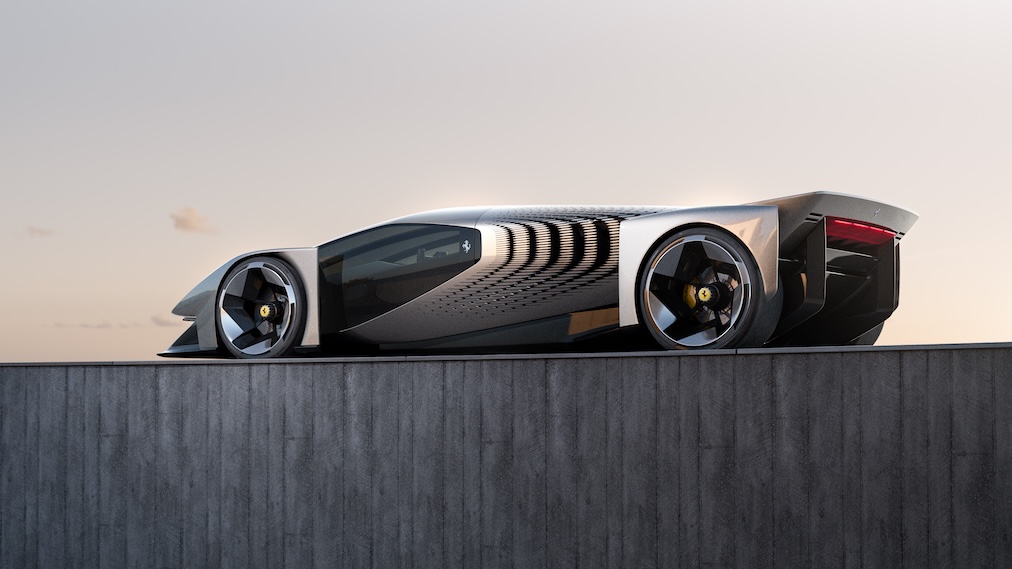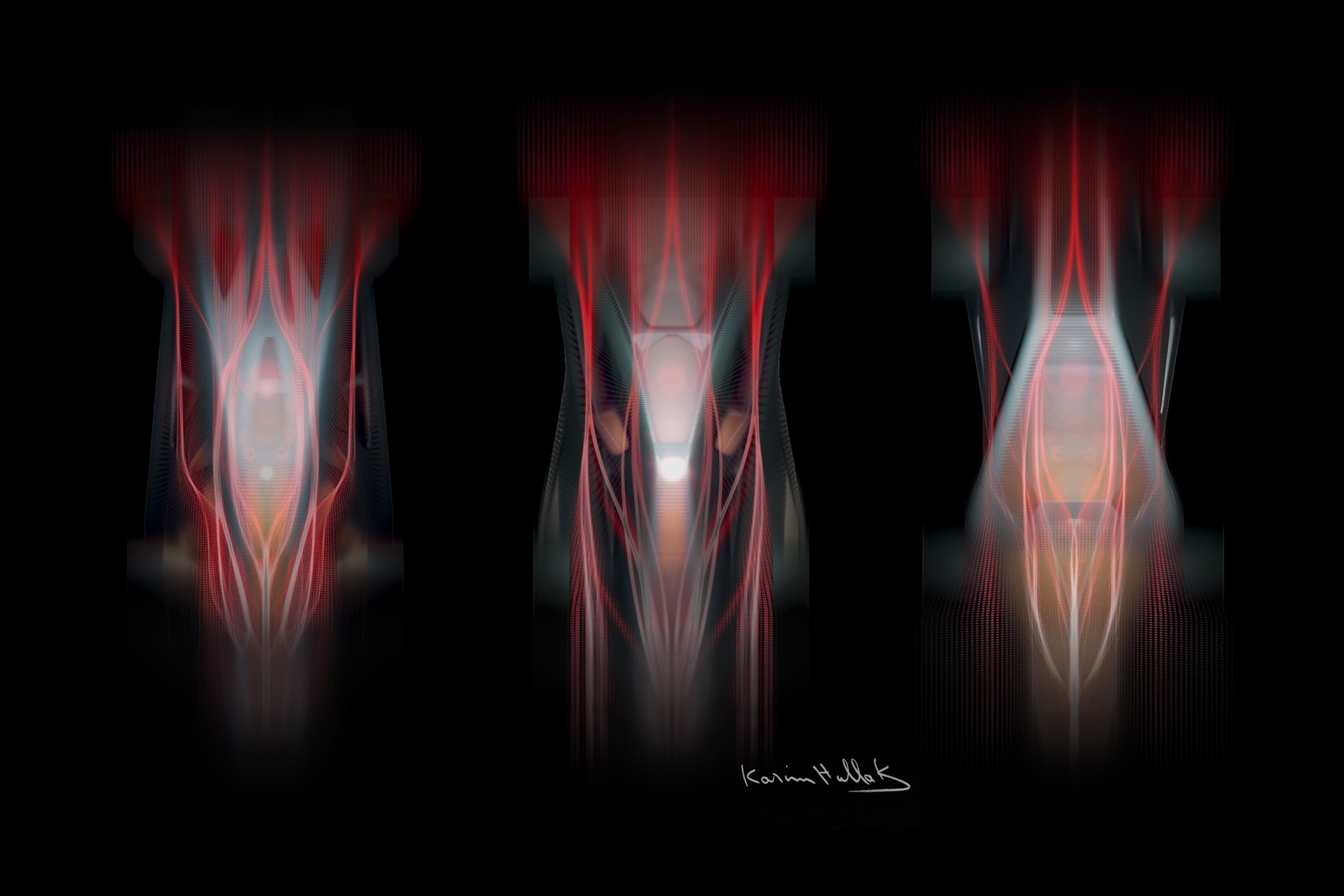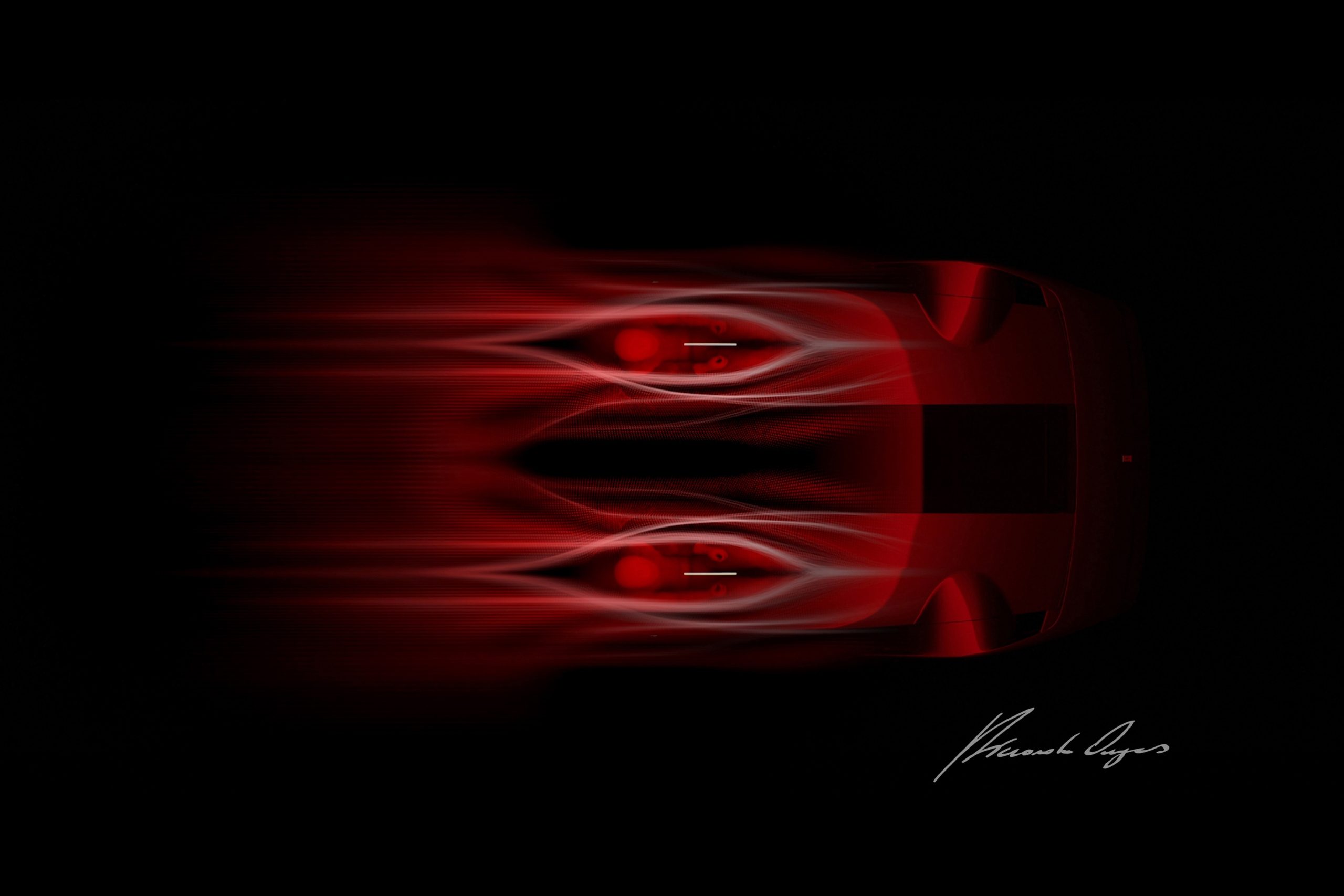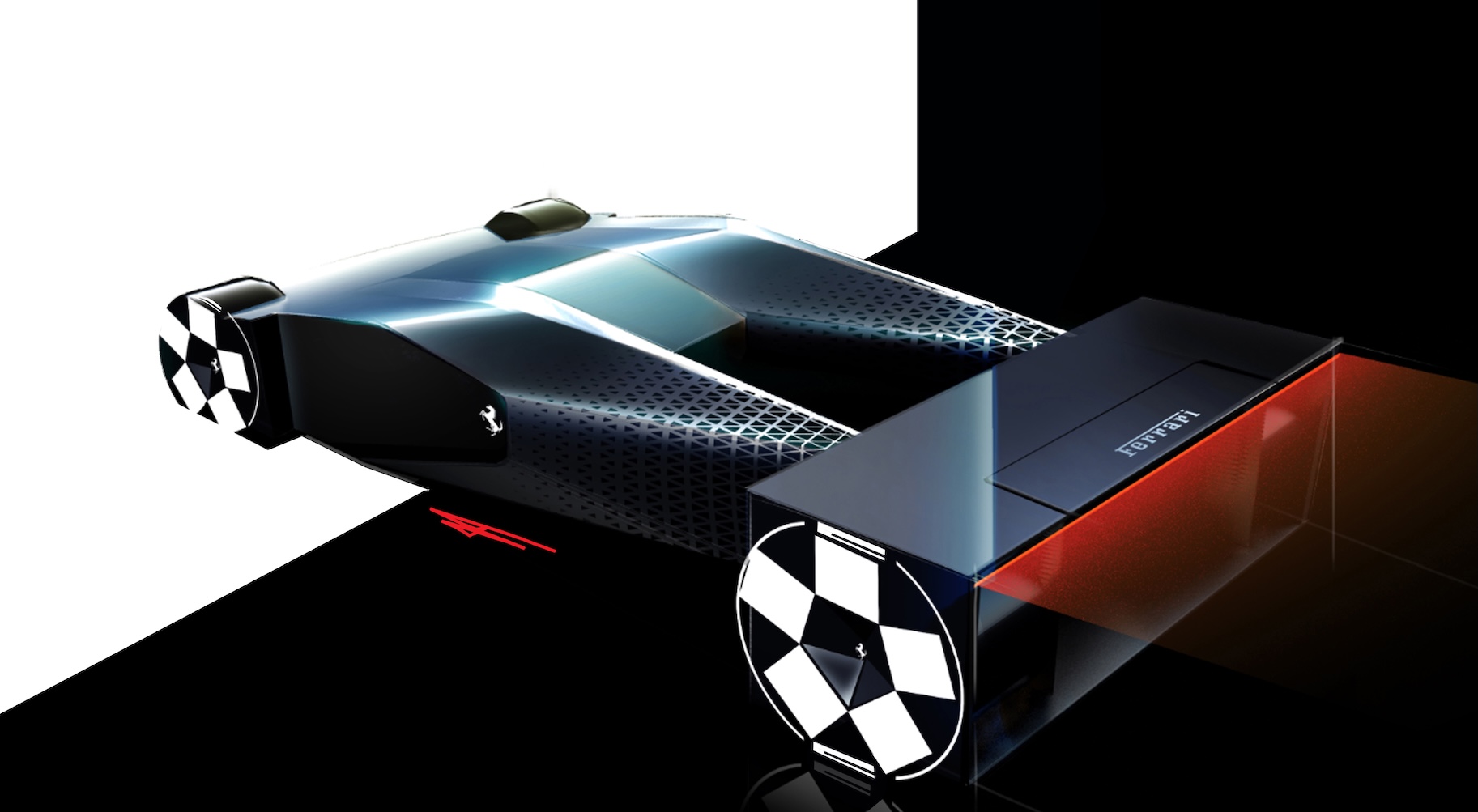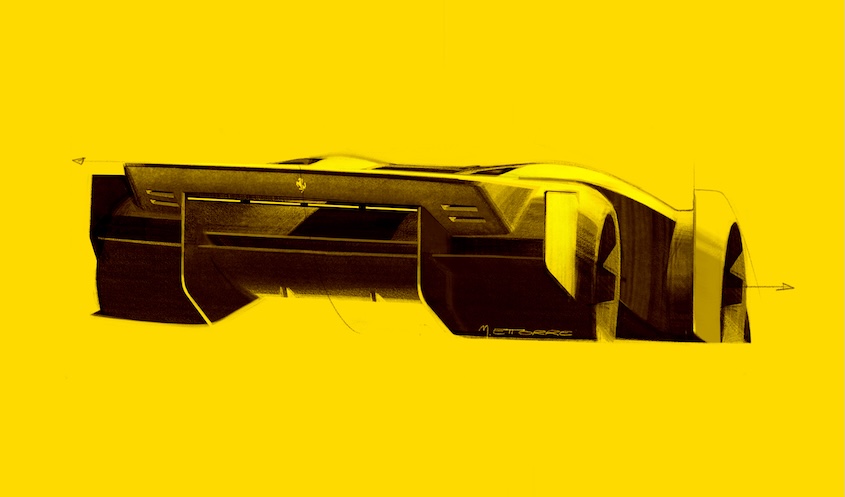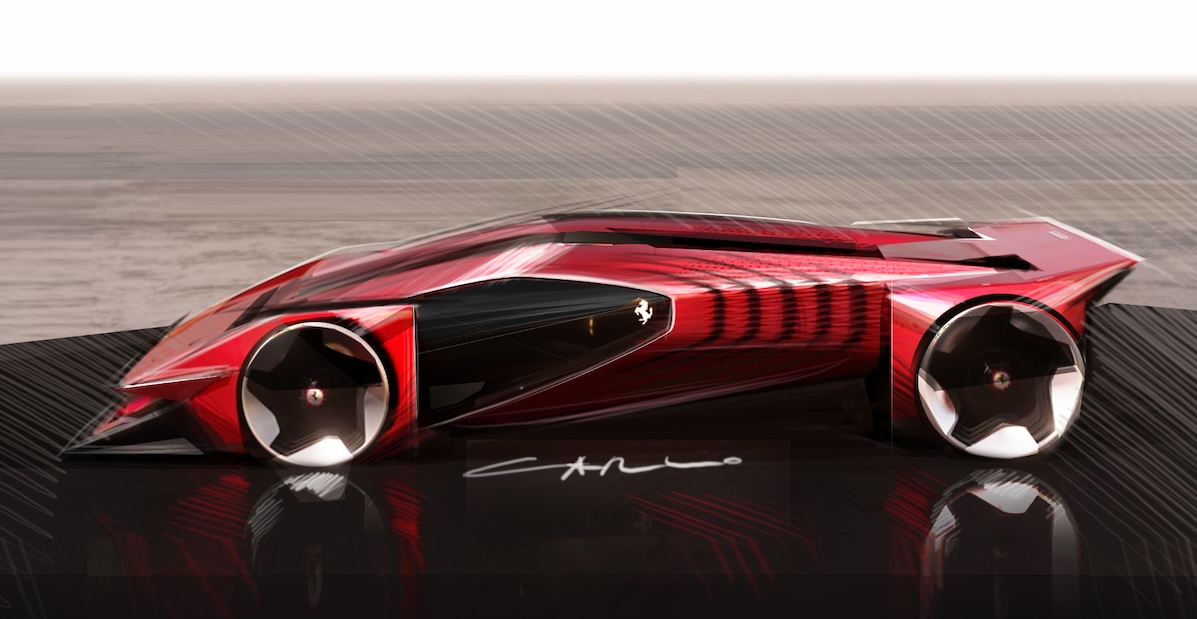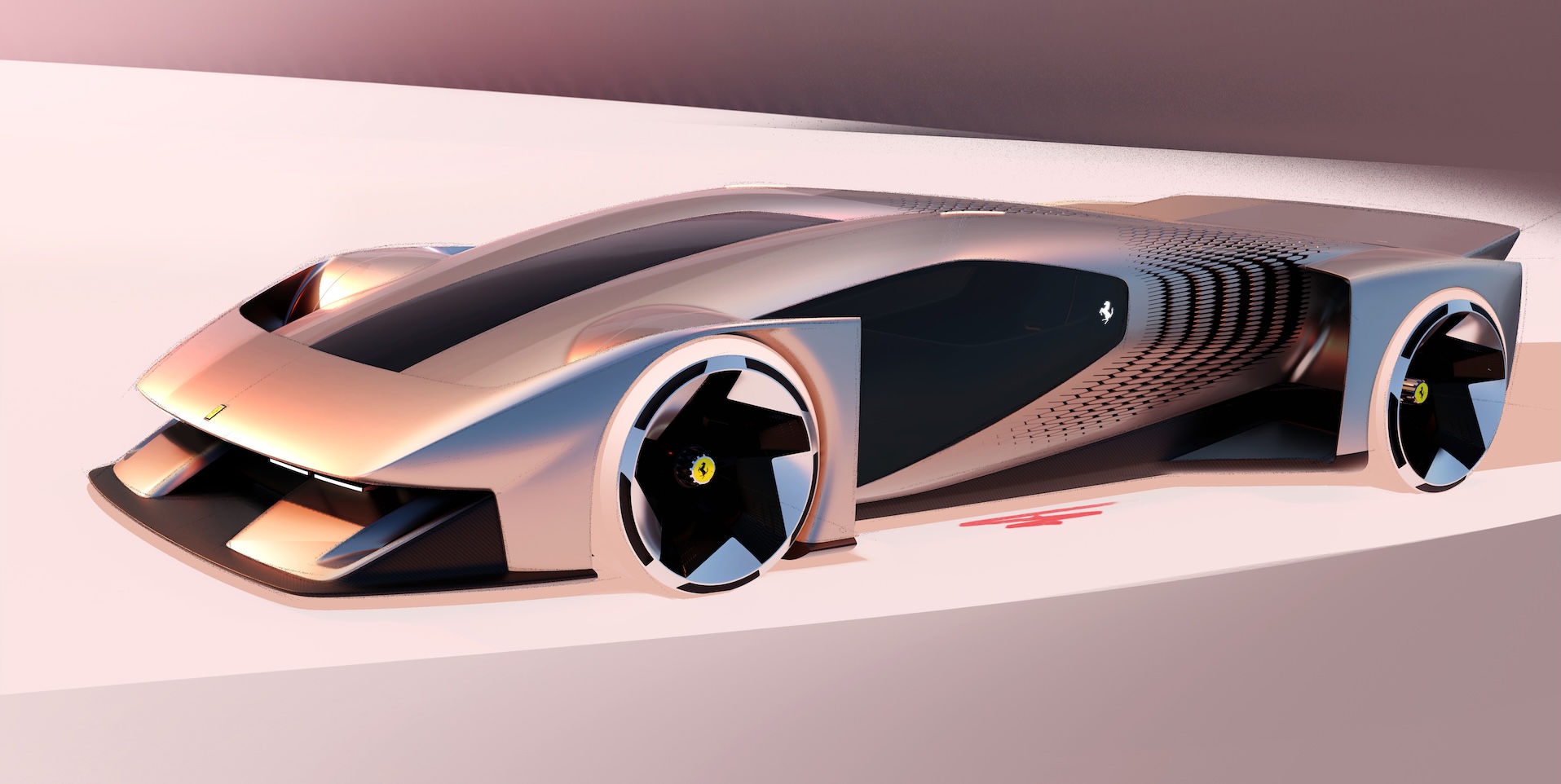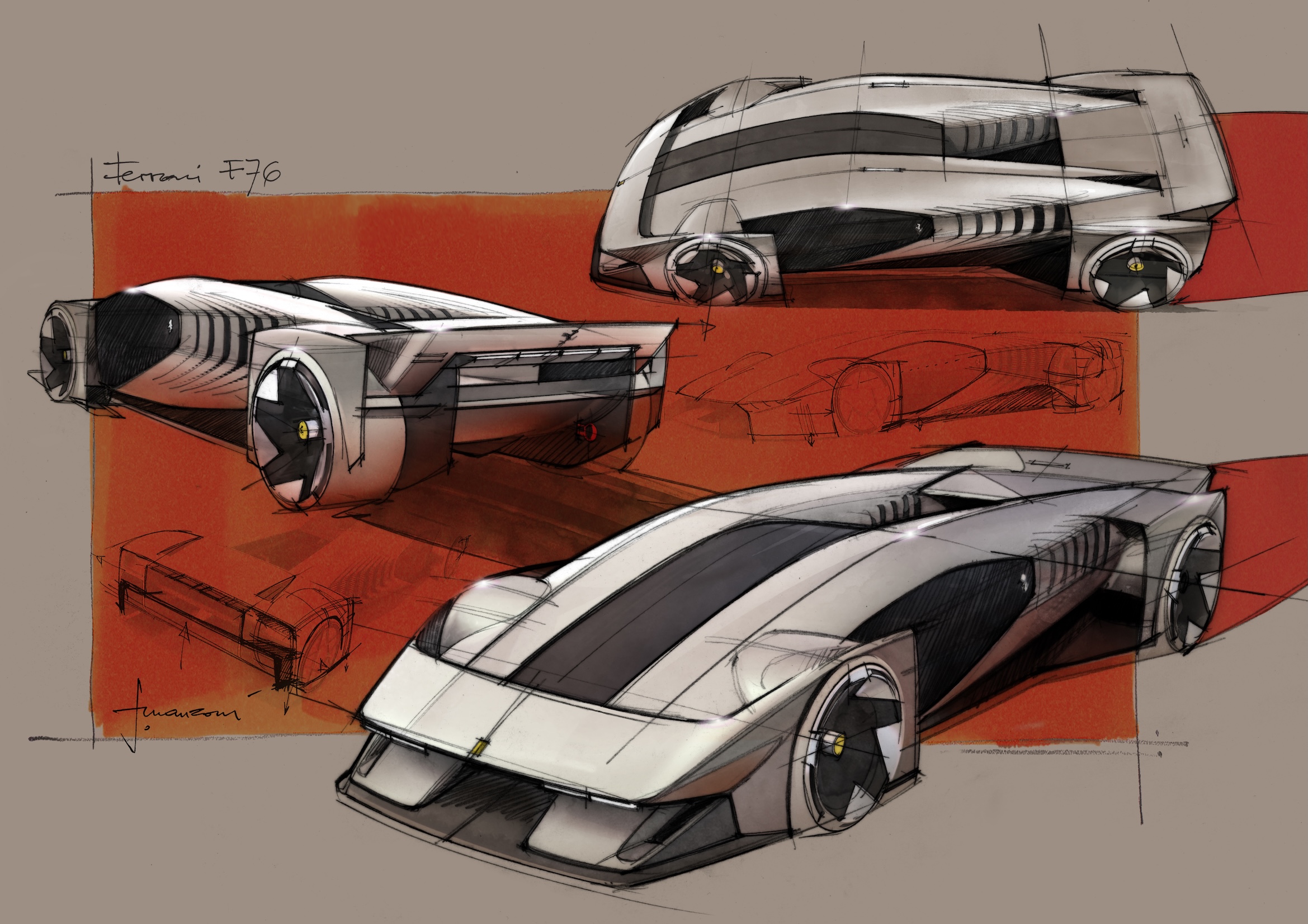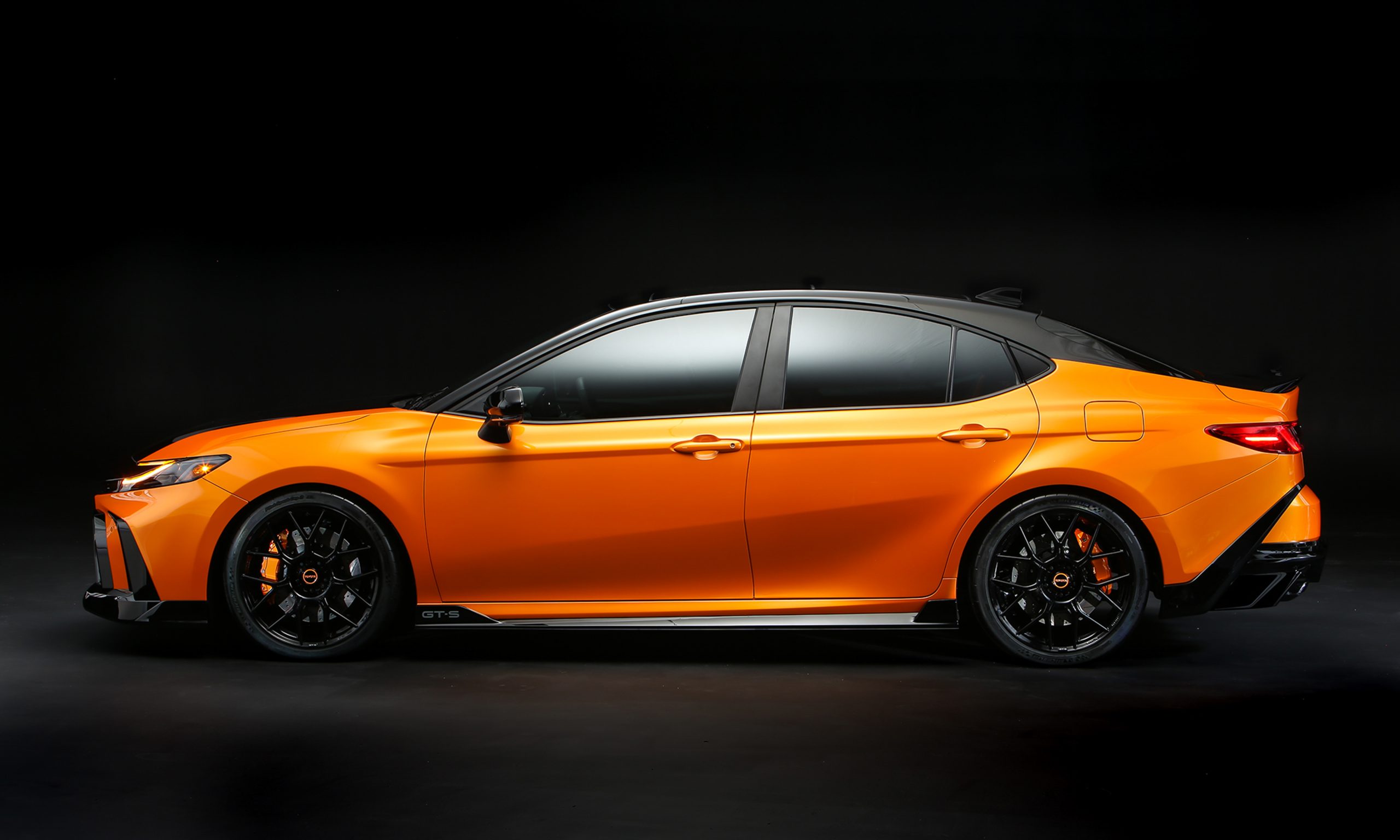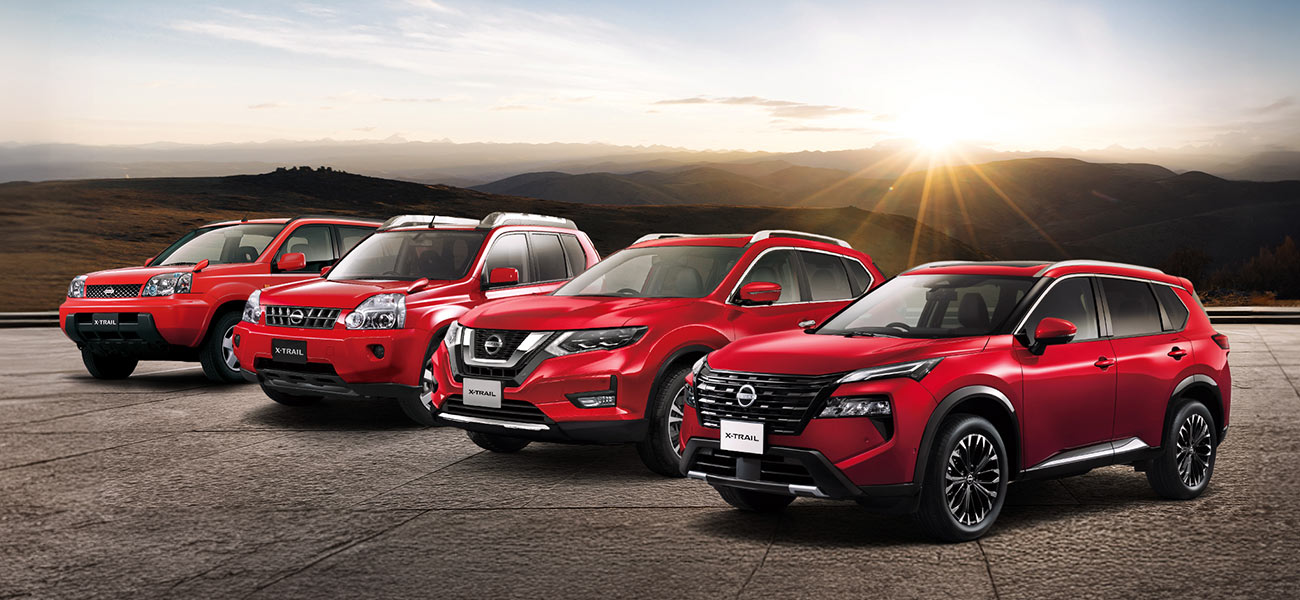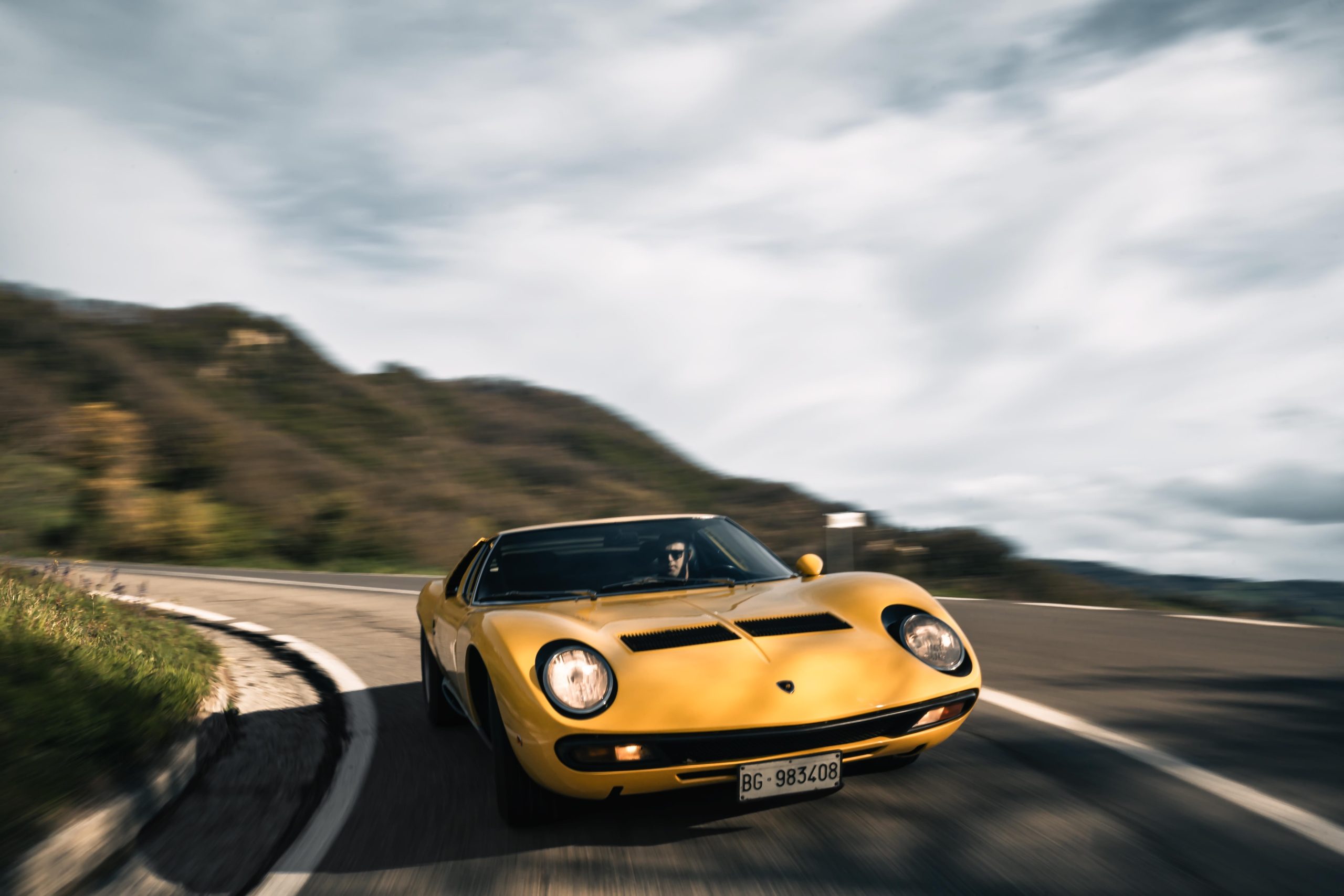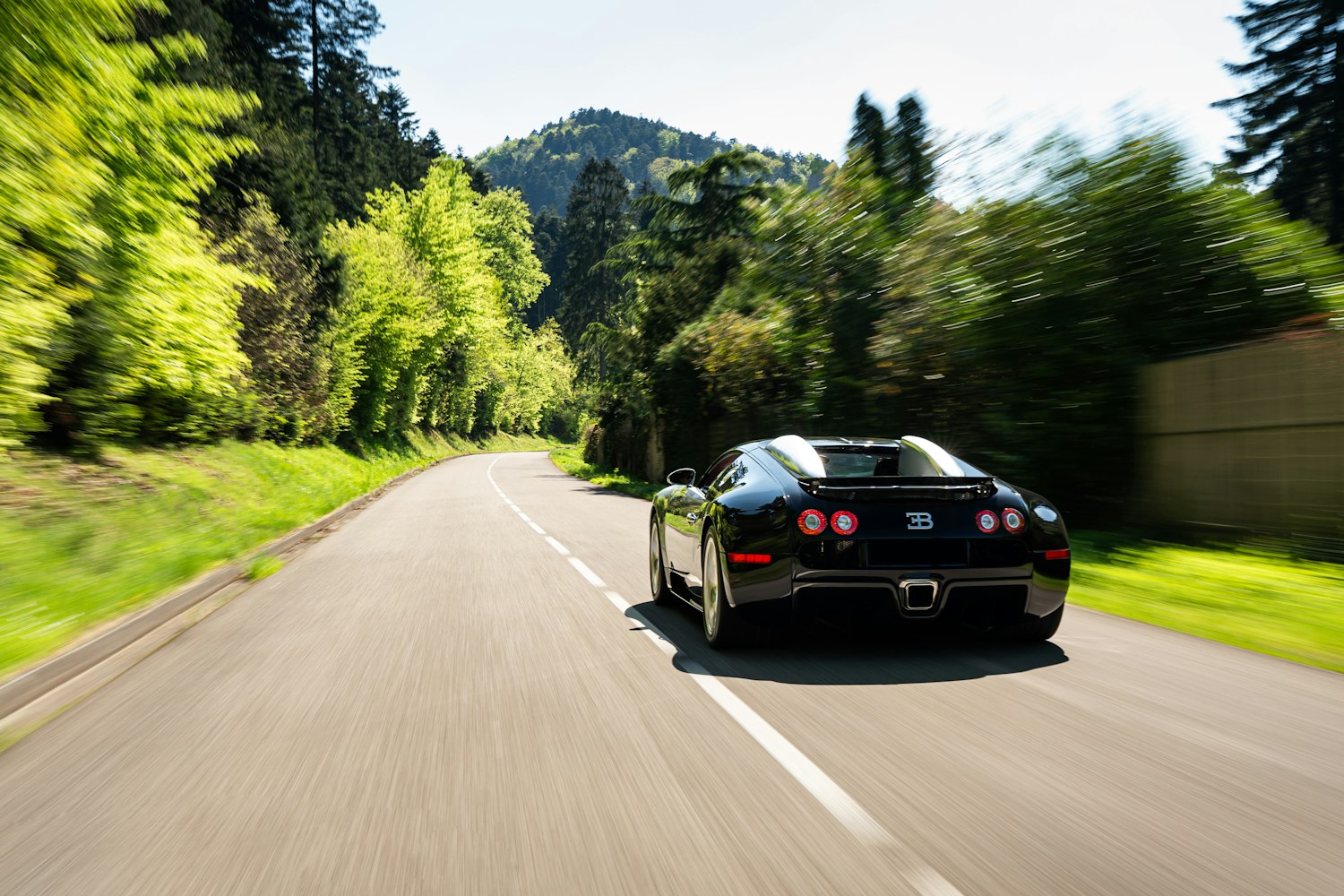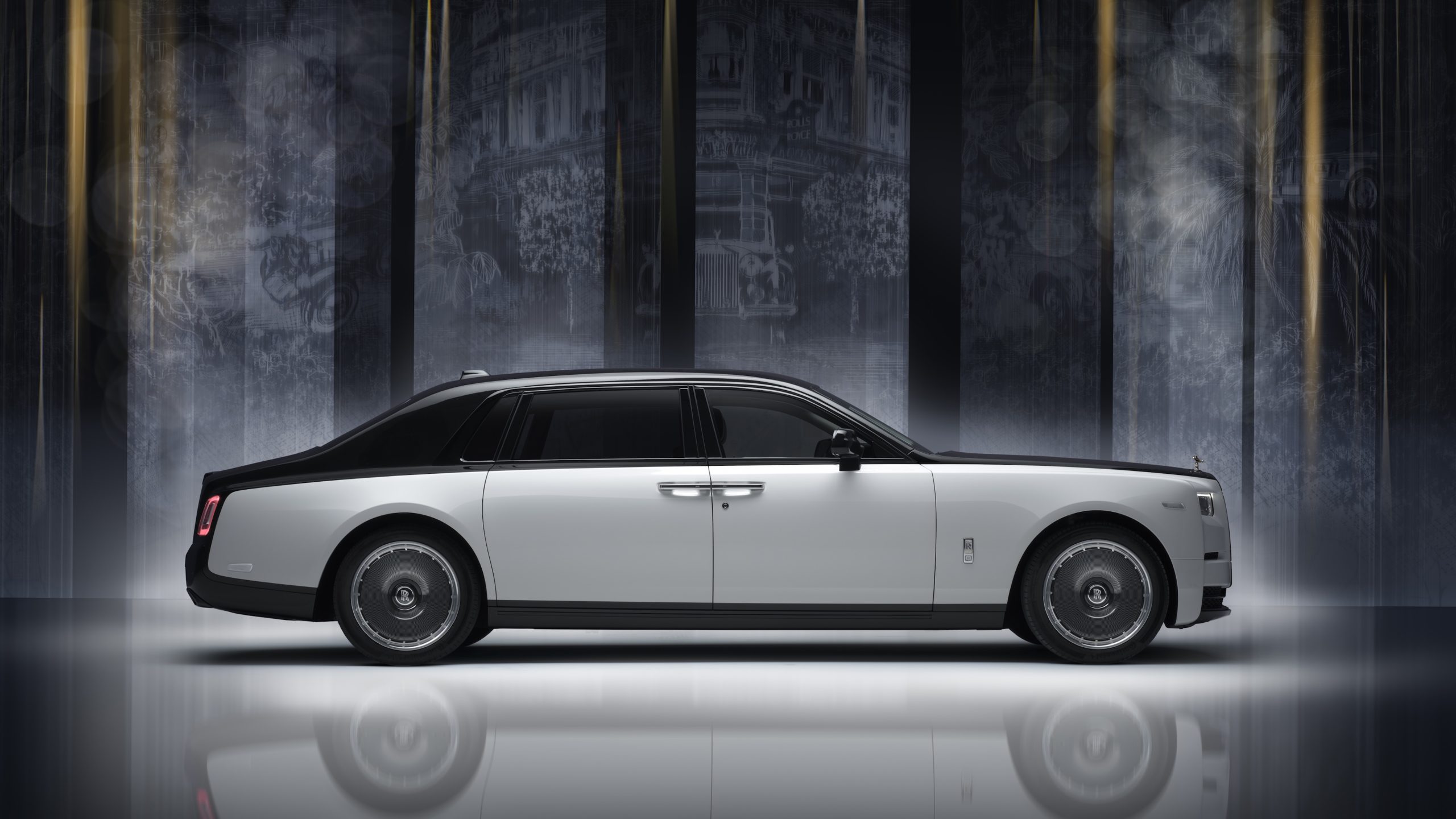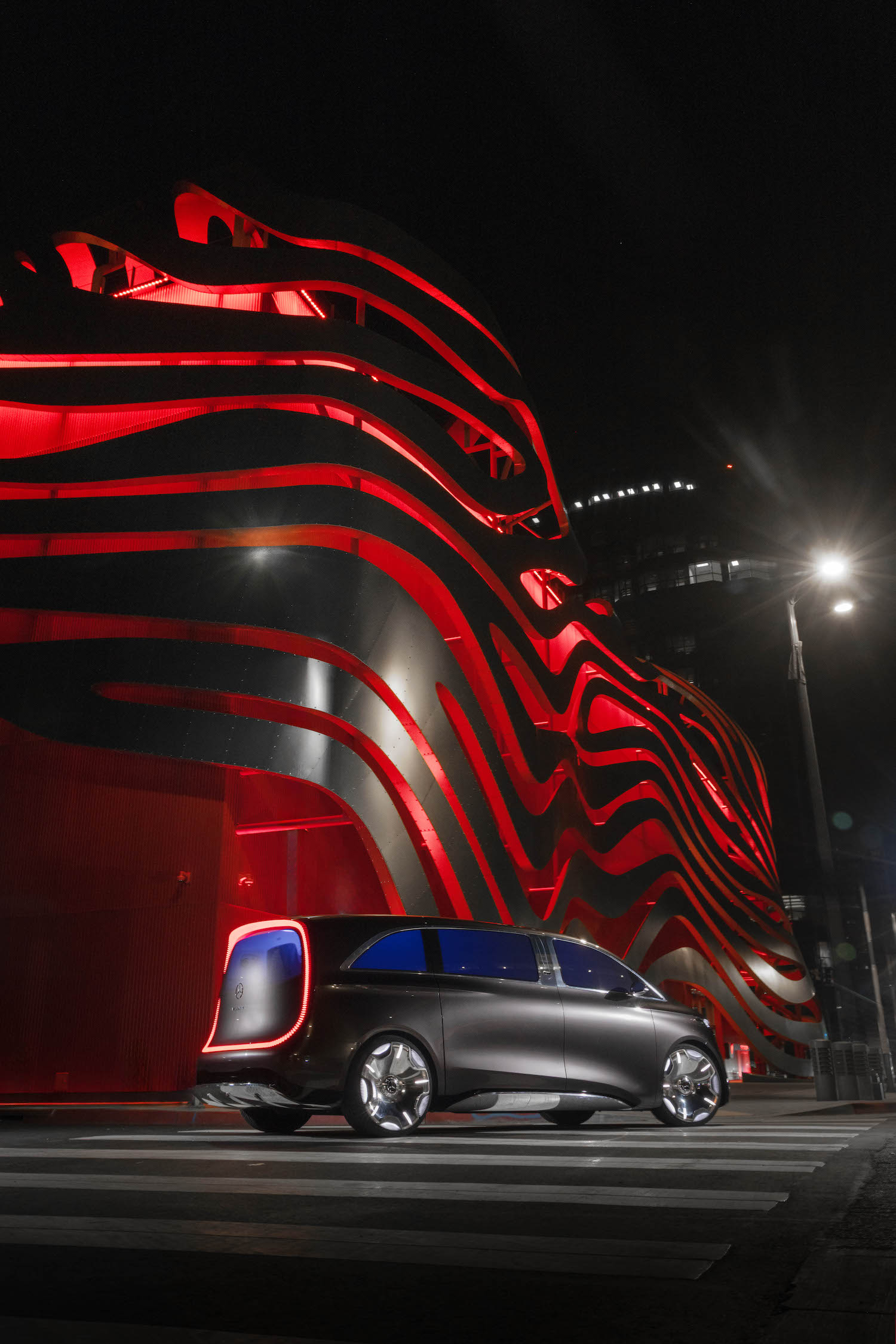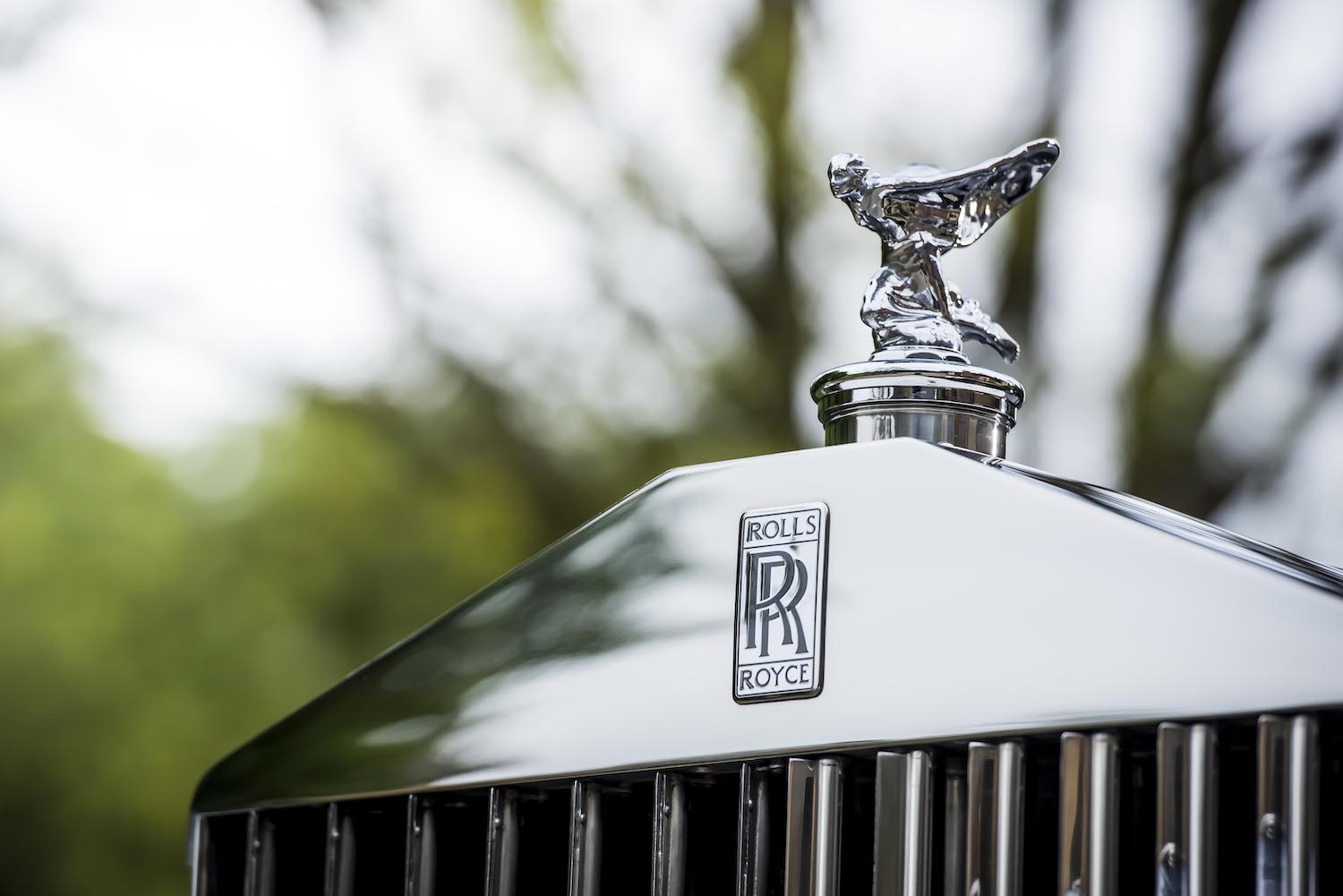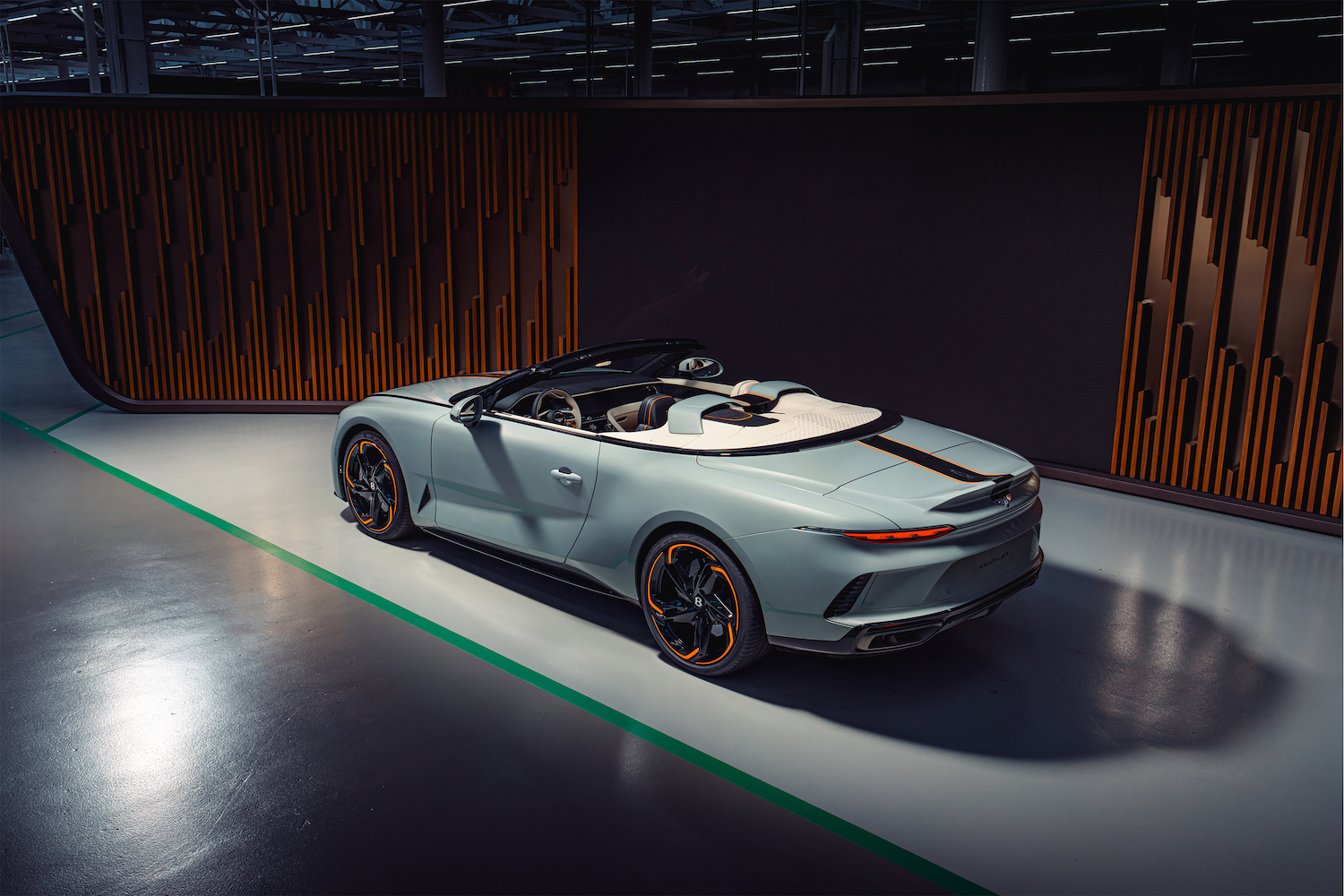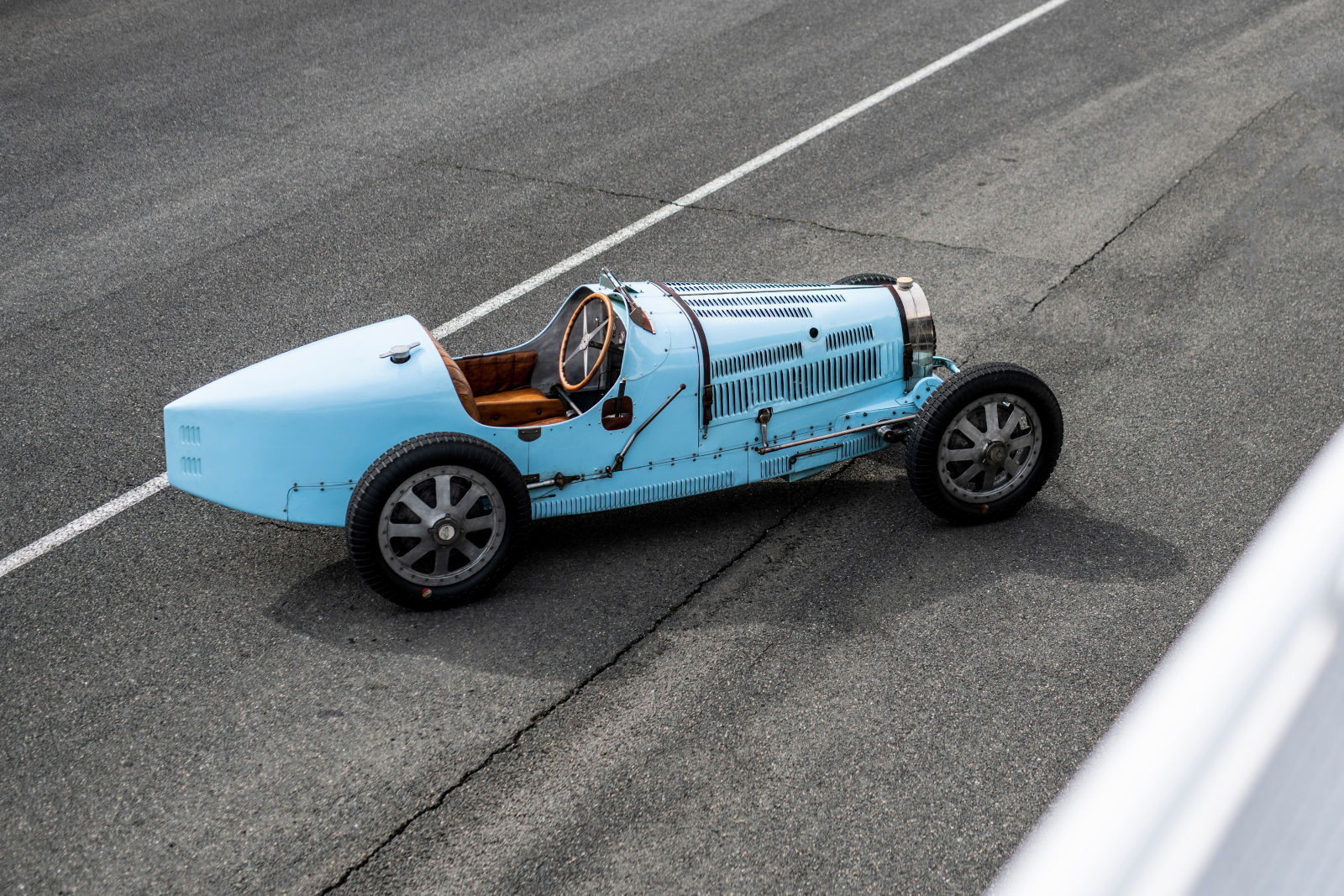Ferrari F76: the first digital hypercar celebrates the legend of Le Mans
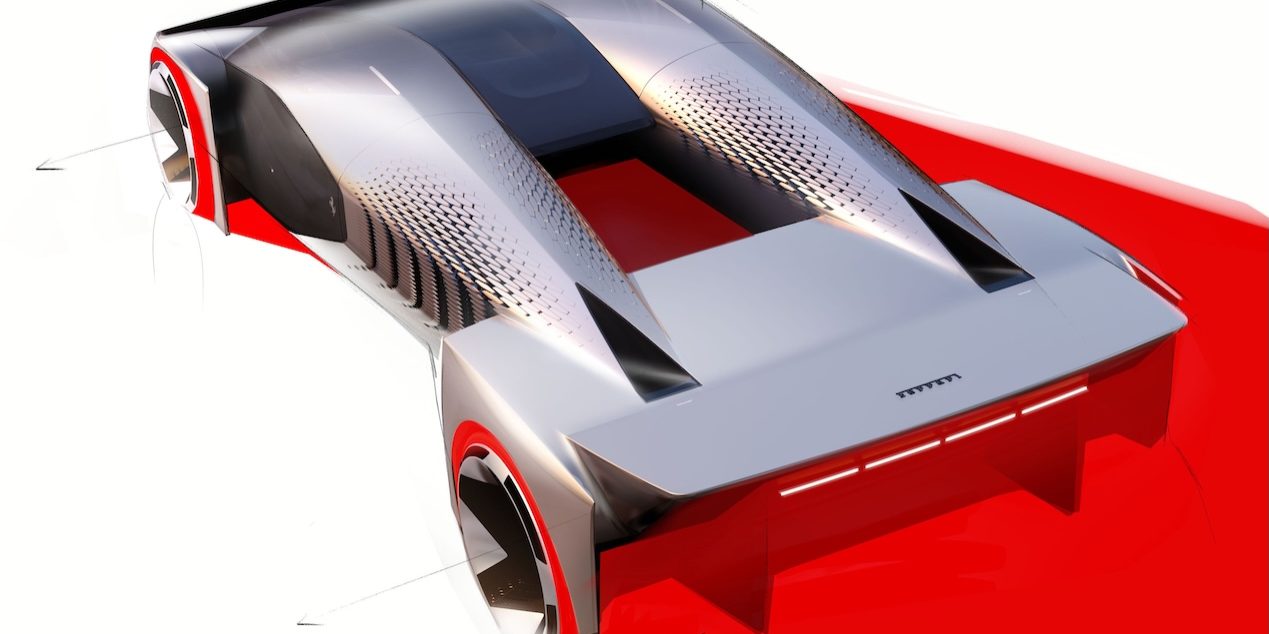
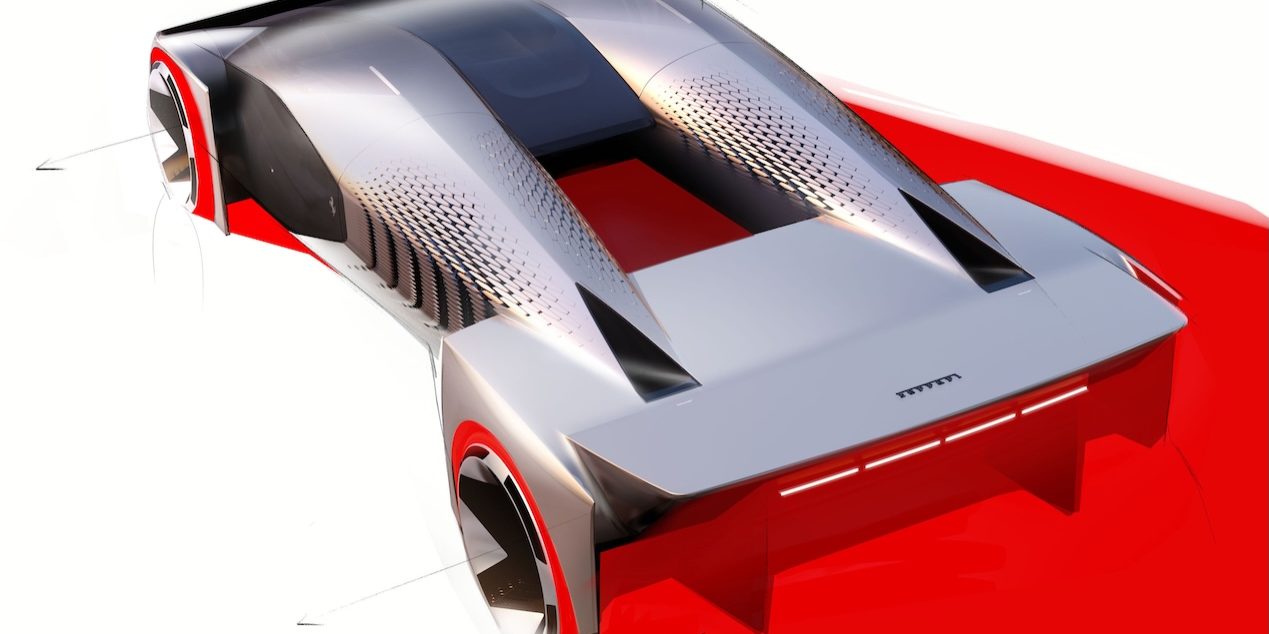
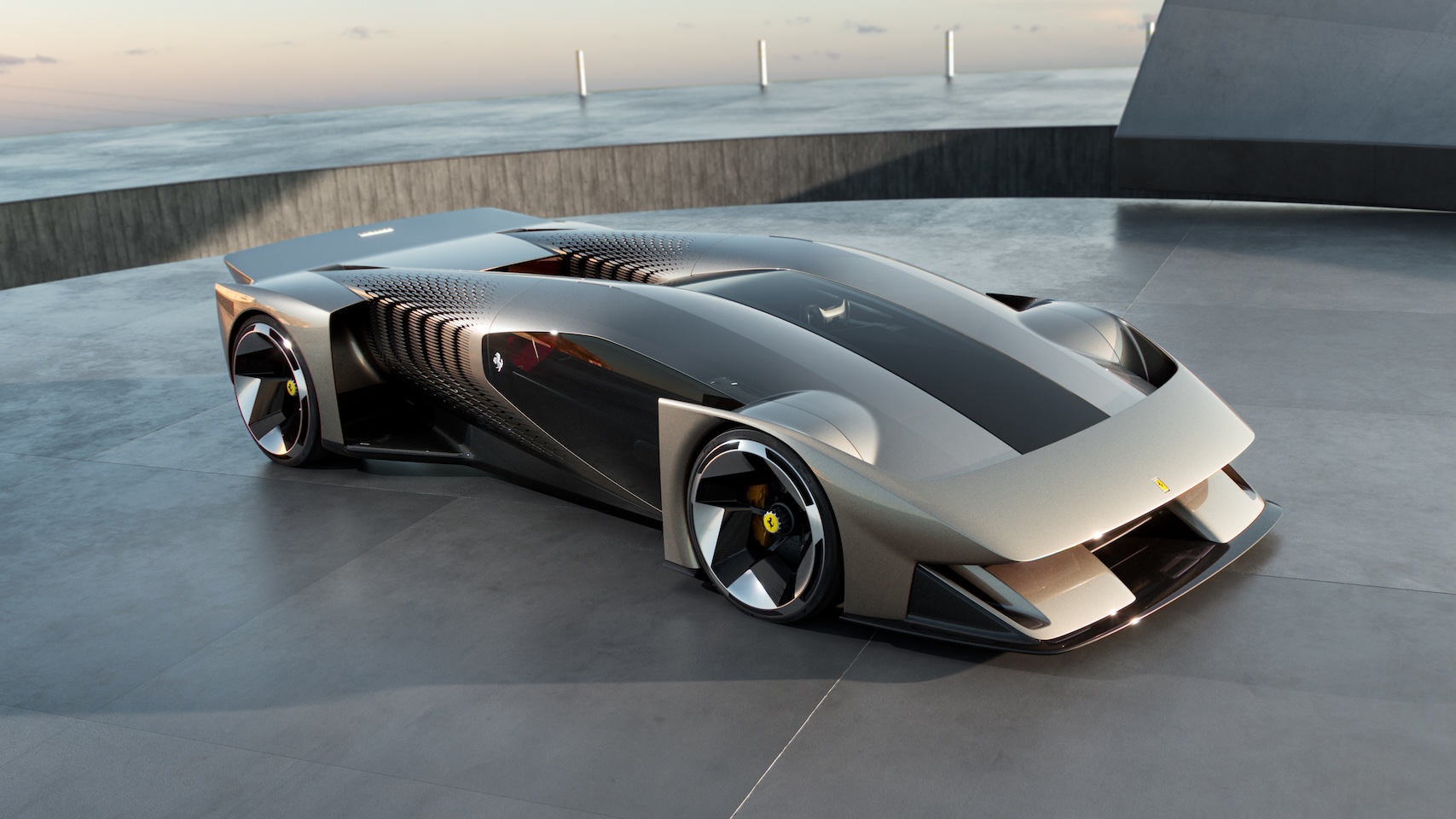
In the year of its third consecutive victory at the 24 Hours of Le Mans with the 499P, Ferrari presents the F76, the first car created exclusively for the digital world in the form of an NFT. The name pays tribute to the Prancing Horse’s first triumph in the legendary French endurance race, achieved by Luigi Chinetti with Lord Selsdon at the wheel of the Touring-bodied 166 MM barchetta 76 years ago, in 1949.
The F76 is not a production car, but a pioneering virtual project that combines Ferrari’s racing tradition with the innovation of generative design and digital technologies, opening a new frontier in the brand experience. Designed for clients of the exclusive Hyperclub programme, the F76 is one of the digital assets of the initiative created by the Maranello-based company to support the 499P competing at Le Mans and in the World Endurance Championship, allowing clients to experience this journey alongside the official team.
A new design manifesto
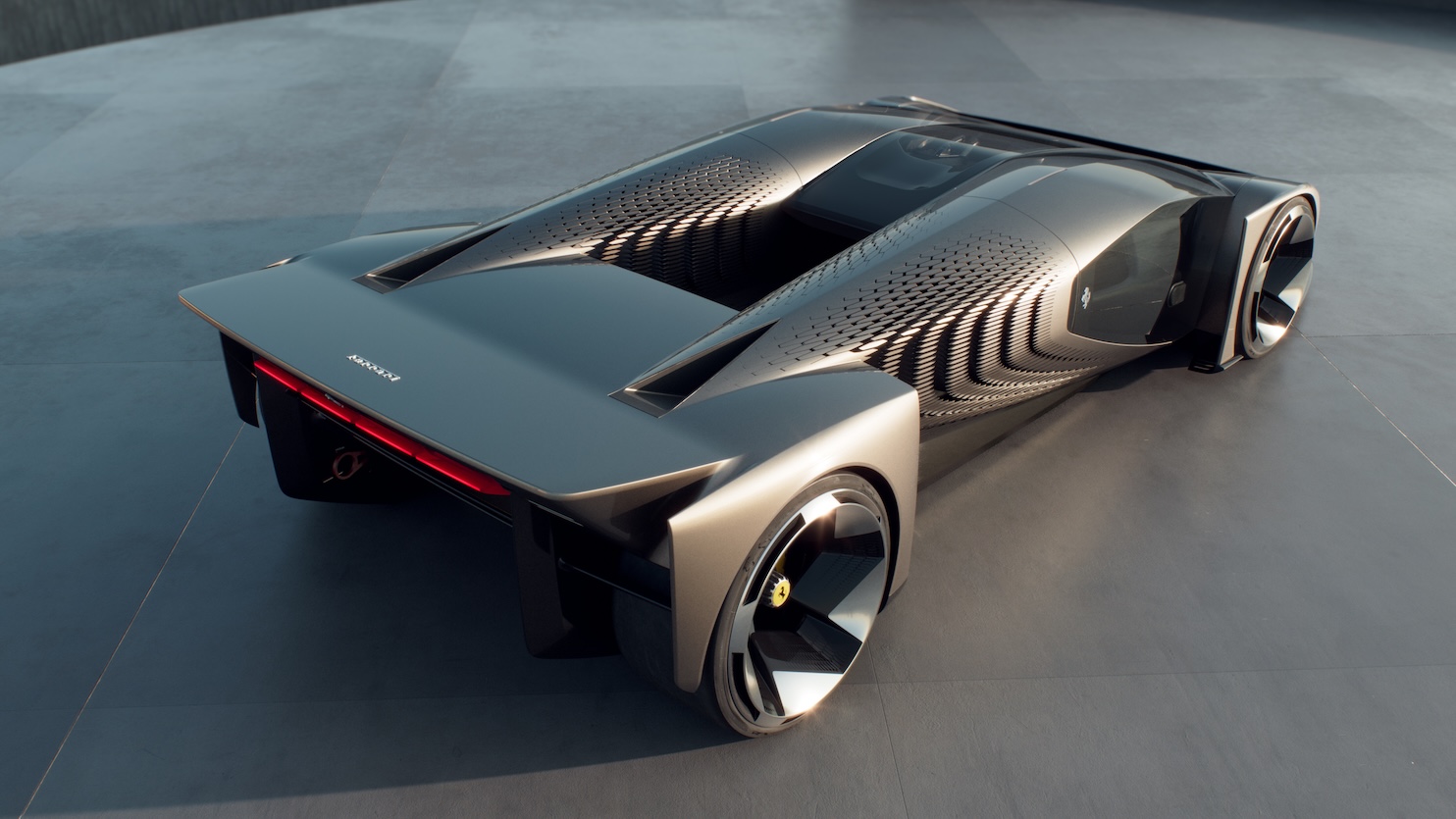
Created by the Ferrari Styling Centre led by Flavio Manzoni, the F76 is a design manifesto which aims to prefigure the shapes of Ferraris of the future. It is a visionary project that sets out to redefine the boundaries of automotive design through a parametric approach where form, function and performance merge as a single organism. Innovative solutions arising from the fusion of biomimetics, architectural principles, engineering, and computer science open new horizons in automotive design, going beyond mere styling exercises and leading to the development of several patented solutions.
Form and aerodynamics
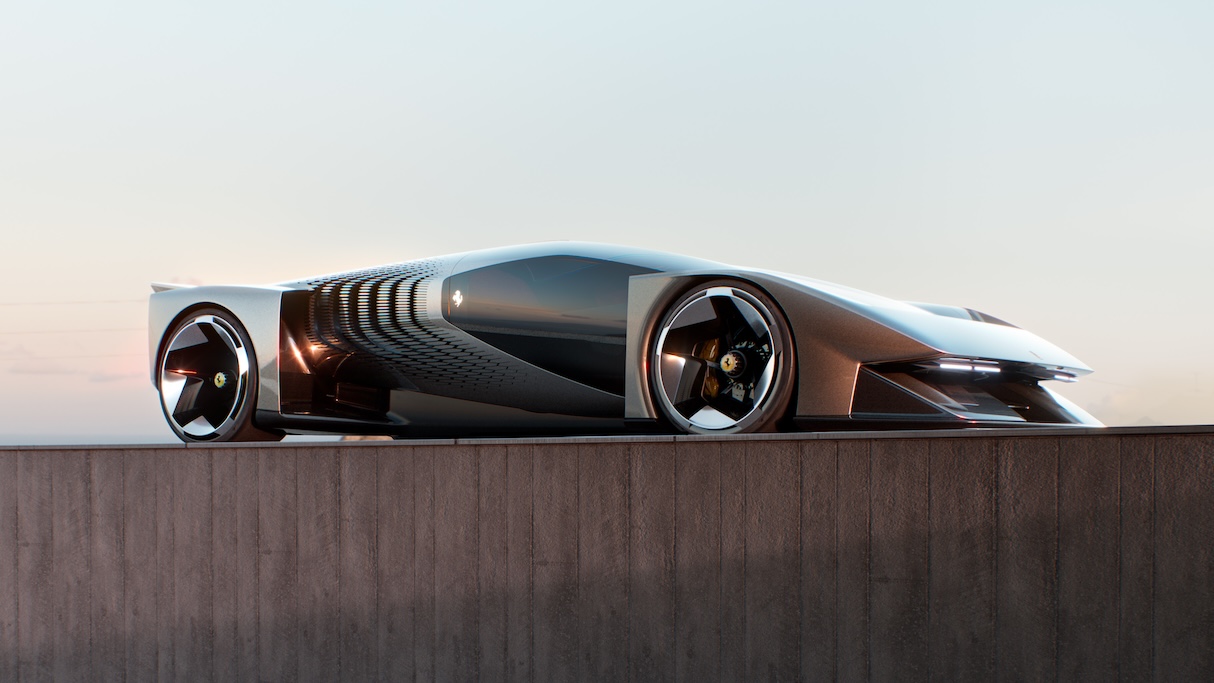
Visually, the F76 stands out for its double fuselage, the result of a quest for maximum purity in air flow management. Wing profiles and refined geometries are designed to enhance performance and surpass conventional rules. The separation between the driver and passenger cells, which aligns the wheelbase with the cabins, allows for a new interaction between the underbody and the bodywork, with a central channel that transforms the car’s body into a wing, making the most of ground effect. The flows split at the front and rejoin at the rear, where a second wing sits atop the two tails, enhancing the efficiency of the unique diffuser.
The flanks feature vertical cuts reminiscent of the F80, emphasising how the inspiration that the technical-stylistic language introduced by the new supercar is destined to influence future production models. This language is expressed in the contrast between the taut, technical lines of the wings and the sculptural body, with an aesthetic further enhanced by mathematical optimisation managed by generative algorithms.
In the central area of the fuselages, a three-dimensional livery with lateral louvres stands out, highlighting a typical element of Ferrari’s design vocabulary. The tails integrate thermal functions directly into the structure thanks to topology optimisation, which generates complex geometries to channel cooling flows and maximise heat dissipation from the internal mechanical components.
The F76 also represents a challenge in structural design: its futuristic configuration has revolutionised interior spaces and volumes, with technologies that combine traditional functionality requirements with innovative geometries produced by the generative method.
The rear is characterised by two vertical profiles that define the track’s width, while the upper wing acts as a lintel, highlighting the central channel as a conceptual “portal” to the new design language. The four iconic taillights are synergistically integrated into the wing, contributing to overall performance.
The front is dominated by a band suspended between the wings, which takes the floating splitter concept typical of the F80 to the extreme. Below this band, the fuselages dive towards the splitter, creating ramps that emphasise both the entrance to the central channel and the lateral ducts for airflow over the wheels. The two pairs of retractable headlights, positioned laterally under the suspended band, represent the link between the legacy of Ferrari’s 1970s and ‘80s pop-up headlights and the futuristic character of the F76, giving it a distinctive look inspired by tradition.
The interior is designed to enhance the shared driving experience: two separate cockpits, utilising drive-by-wire technology, synchronise every driving component, from the steering wheel to the pedals, allowing both occupants to experience and share sensations in real time, elevating both the emotional and technical participation in the driving experience.
The F76 project offered clients an unprecedented personalisation experience: each digital car was created by choosing from various design options, released as exclusive drops over the three years of the Hyperclub programme. Thanks to this platform, clients were able to bring their own F76 to life, becoming active members of an exclusive and innovative community where tradition and innovation meet in the name of passion.
Ferrari F76
